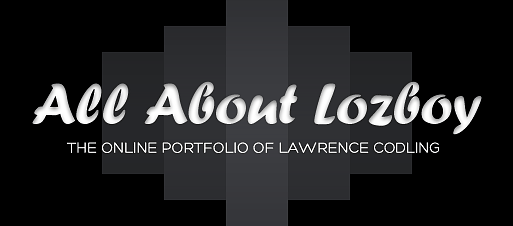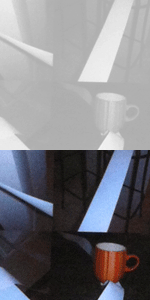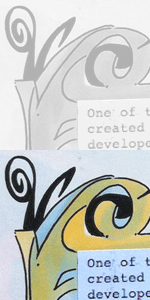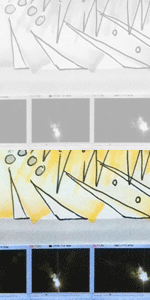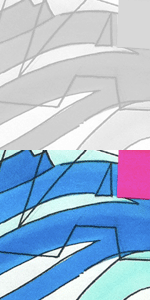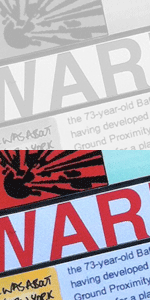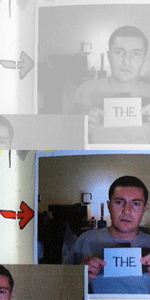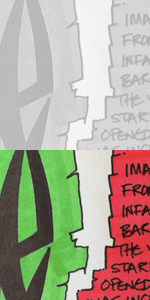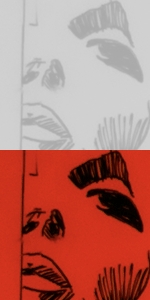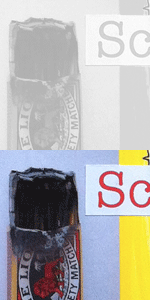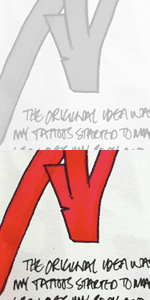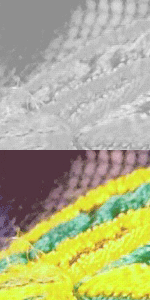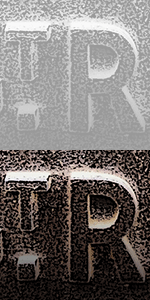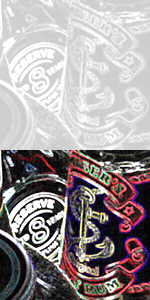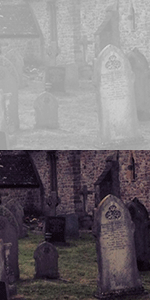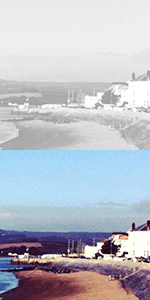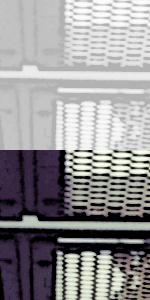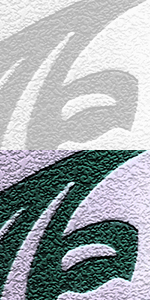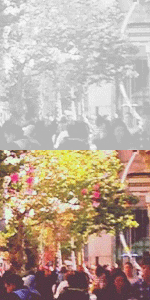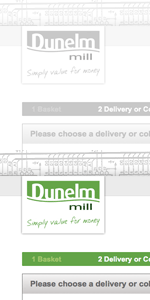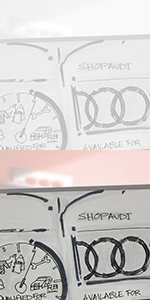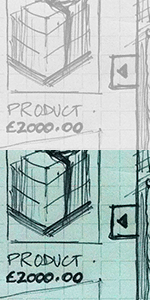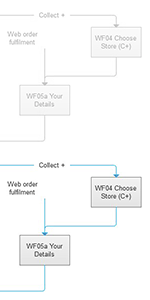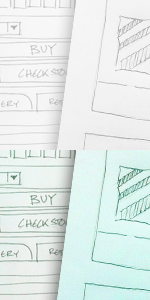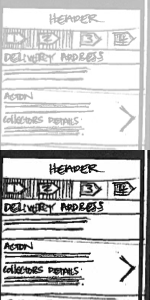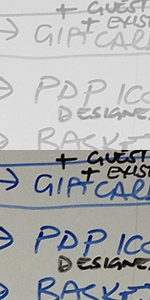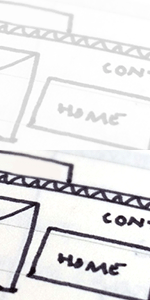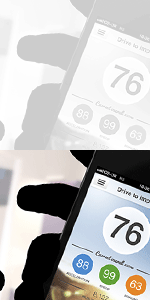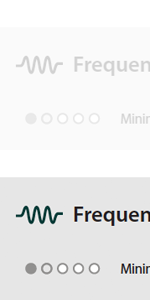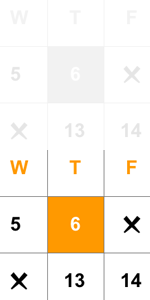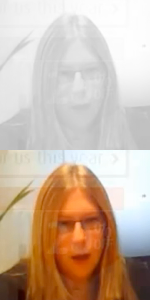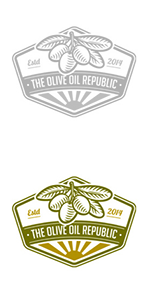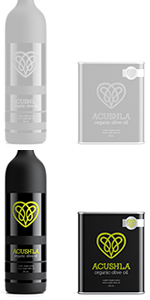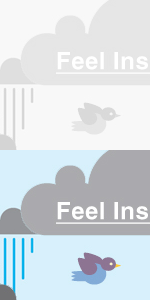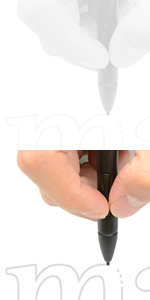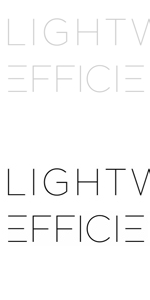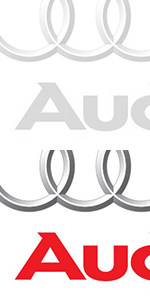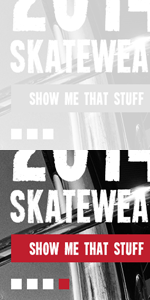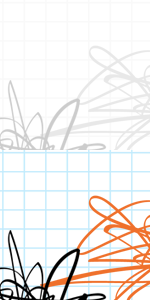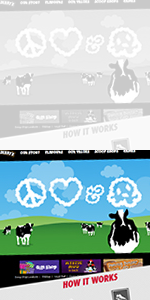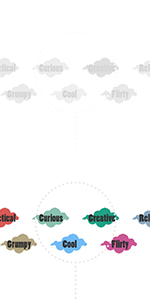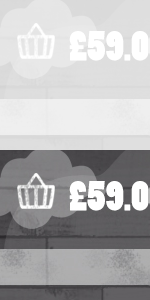The Ideas Best Friend
If I could not draw anymore, I would not want to carry on. The sketchbook is absolutely essential to me, not just as a designer but as an artist as well. The sketchbook, if used in the right kind of way can be your best friend and your closest ally. All of those silly ideas that seemed crazy at the time can take on a whole new meaning the next day, or the next week. Sketchbooks are essential for ideas generation and are also a great way to sanity check your thoughts and notions. I never go near a Mac without first having some written or drawn preperation that communicates the story I am hoping to tell.
A Thousand Words
I like to look at photography in two ways. The first way is out of a necessity to own the images I use in my designs. Often I'll know a certain project is approaching and so I'll begin snapping up images which relate to the theme of that project, or might be a useful reference point in some way. My second view of photography is as a way of visually telling a story. A picture speaks more than a thousaand words and often has more than one story being told in it. A photograph can make us laugh or cry, feel empathy or anger. Here is a small selection of my recently taken snaps.
The Good UX Professional
Thomas Mann once wrote "People’s behavior makes sense if you think about it in terms of their goals, needs, and motives". Defining a User Experience strategy before architecting or designing an experience is critical, but what does "strategy" really mean? What are its components, benefits, and deliverables? There has been a shift in the last few years from simply wire-framing a journey to creating rapid prototypes outlining a user journey. This has made the task of mapping human on-line behaviour slightly easier but not completely fool proof. Who should we listen to when creating a user experience?
Maybe the trick is not to listen to anyone, maybe it's just better to watch what people do, watch how they respond to problems, look to see what it is they want and expect to see. As Jakob Nielson once said "Pay attention to what users do, not what they say". It is just this discipline that I have become very involved with when designing for people's digital experience. Running in-house usability sessions for a large software concern, involving direct task based scenarios and instant client feedback has really opened me up to the importance of creating the optimal, user centred journey.
Colouring In For Clients
